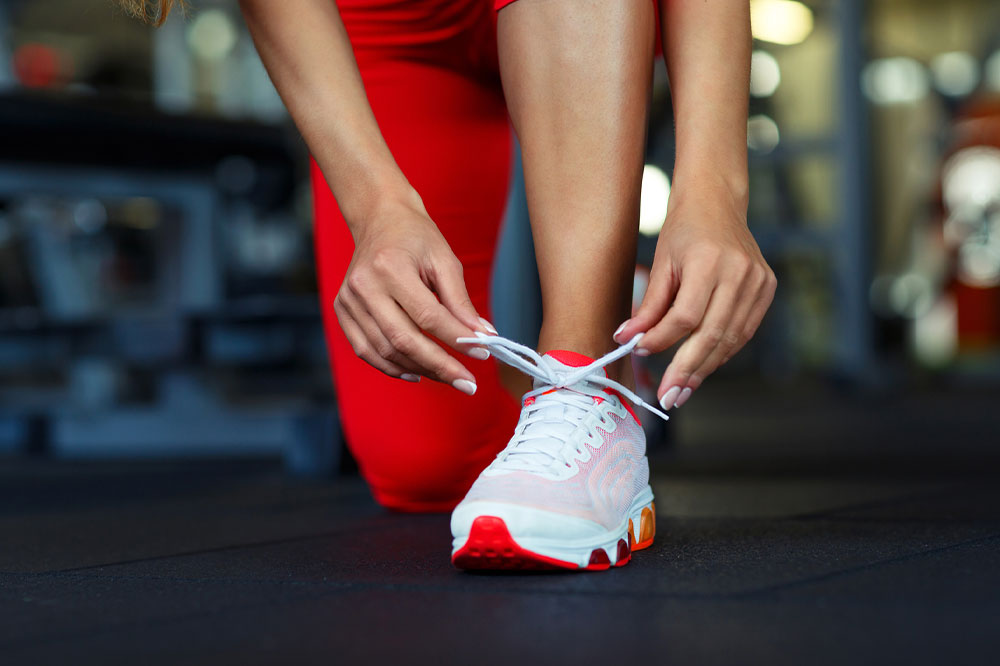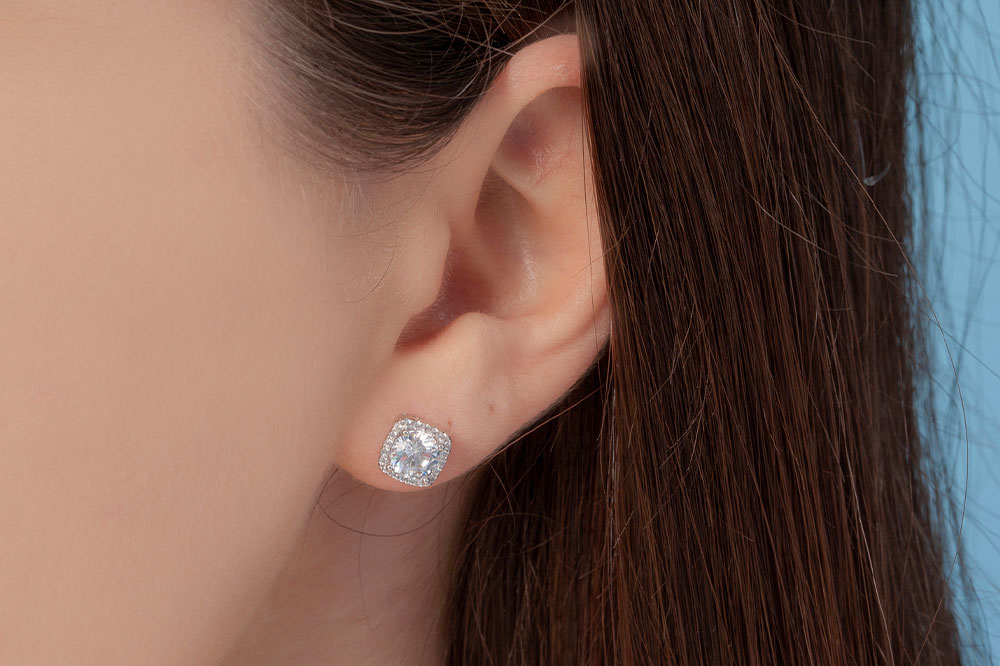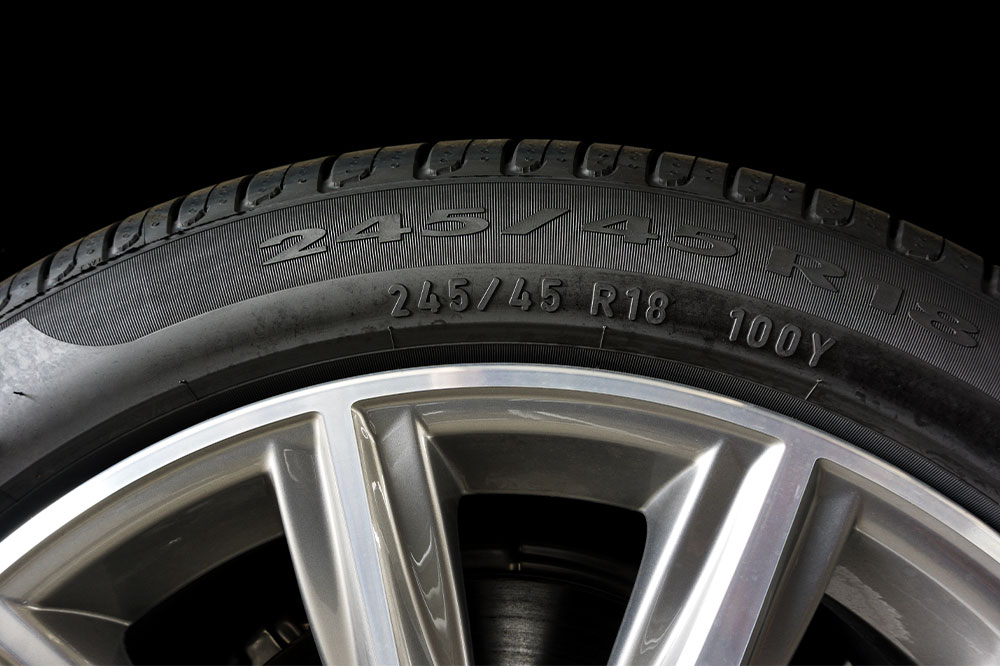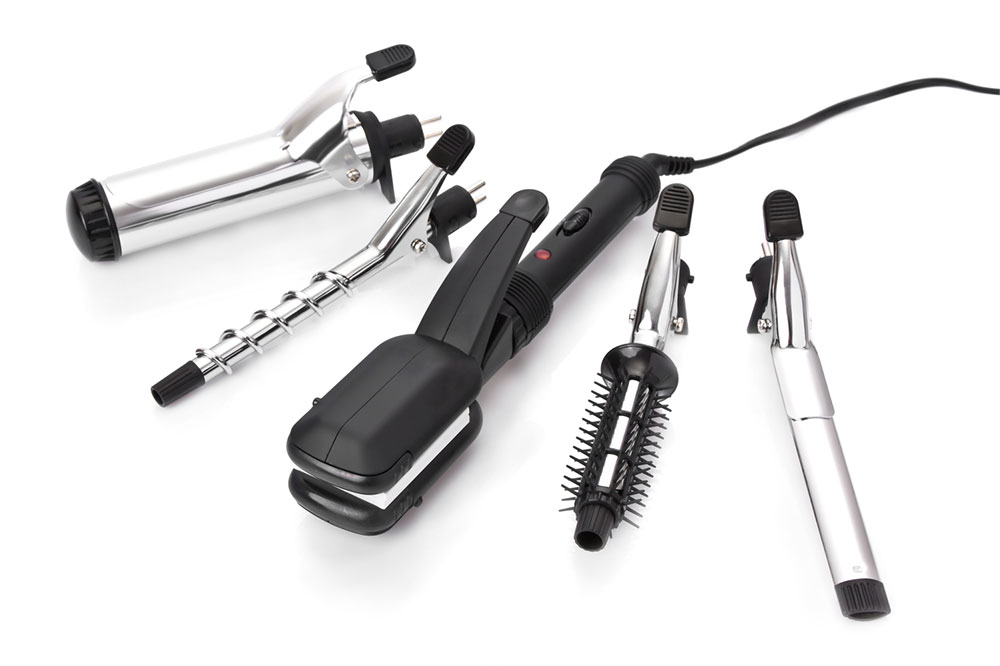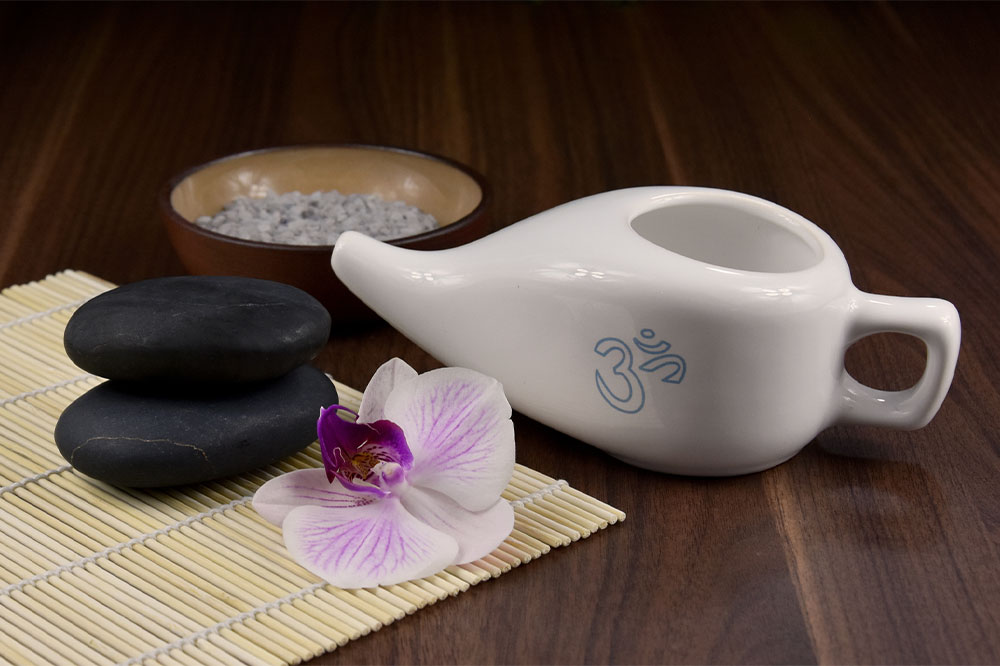The complex connection between sugar and cholesterol

In today’s modern life, sugar, found in a myriad of processed foods and sweet treats, has become a ubiquitous and tempting ingredient. While its sweet allure pleases our taste buds, excessive sugar intake can have detrimental effects on our health, including its impact on cholesterol levels. Cholesterol, a waxy substance found in the blood, is vital in various bodily functions. However, when cholesterol levels are not balanced, it can lead to health complications, particularly cardiovascular diseases.
Triggers insulin resistance
Regularly including sugary foods and beverages can lead to insulin resistance, a condition where the body’s cells become less responsive to insulin signals. This can further lead to elevated blood sugar levels. Insulin resistance is linked to an increase in triglycerides, a type of fat found in the blood. Elevated triglyceride levels are associated with low HDL cholesterol levels and an increased risk of atherosclerosis, a condition where fatty deposits accumulate in the arteries, narrowing and hardening them.
Elevates triglyceride levels
High sugar intake, particularly in the form of fructose found in sugary beverages and processed foods, can lead to elevated triglyceride levels. A spike in triglycerides is often seen in individuals with metabolic syndrome, a cluster of risk factors that increase the likelihood of heart disease, stroke, and diabetes. Increased triglycerides are often accompanied by decreased HDL cholesterol levels, creating an unfavorable lipid profile that contributes to heart disease.
Promotes inflammation
Sugar intake can trigger inflammation in the body, leading to oxidative stress and damage to blood vessels. Inflammatory processes can damage the inner lining of blood vessels, creating an environment conducive to atherosclerosis and plaque buildup. As cholesterol particles become trapped in inflamed arterial walls, the risk of heart attacks and strokes increases.
Disrupts lipid metabolism
The liver plays a crucial role in regulating cholesterol levels. Excessive sugar intake can lead to increased production of fatty acids in the liver, which can be converted into triglycerides and released into the bloodstream. Elevated triglyceride and LDL cholesterol levels can lead to fat accumulation in the arteries, narrowing them and hindering blood flow.
Impacts LDL cholesterol
Sugar can adversely affect LDL cholesterol particles, making them smaller and denser. These small, dense LDL particles are more susceptible to oxidation, a process that promotes atherosclerosis. They can also more easily penetrate the arterial walls, leading to plaque formation and an increased risk of cardiovascular events.
Decreases HDL cholesterol
High sugar intake has been associated with lower levels of HDL cholesterol, which is responsible for transporting cholesterol away from the arteries and back to the liver for processing and removal. Low HDL cholesterol levels are a significant risk factor for heart disease, as they hinder the body’s ability to clear excess cholesterol from the bloodstream.
Increases risk of Type 2 diabetes
Excessive sugar intake is closely linked to an increased risk of developing type 2 diabetes. Diabetes is a known risk factor for heart disease, as it can negatively impact cholesterol levels and increase the risk of atherosclerosis.
Raises blood pressure
High-sugar foods have been shown to raise blood pressure levels. Hypertension (high blood pressure) is a significant risk factor for heart disease, and it can contribute to the progression of atherosclerosis.
Interferes with cholesterol-lowering prescriptions
For individuals already taking cholesterol-lowering prescriptions, excessive sugar intake can interfere with their effectiveness. Sugar-induced inflammation and insulin resistance can counteract the benefits of cholesterol-lowering drugs, making it challenging to achieve optimal cholesterol levels.
Ways to lower the intake of sugar
There are many ways one can limit or avoid sugary foods according to one’s needs.
- Avoid sweetened soda beverages.
- Use alternative food options to wheat bread or pasta.
- Read food labels and check the total sugar count.
- Opt for foods with low glycemic index.
- Ditch breakfast options like cereals or bars and opt for whole fruits and yogurt, among others.
It is essential to recognize the profound impact of sugar intake on cholesterol levels and cardiovascular health. To maintain healthy cholesterol levels and reduce the risk of heart disease, it is crucial to limit added sugars in food. Opting for whole, nutrient-rich foods and minimizing sugary snacks and beverages can promote heart health and overall well-being. Moreover, regular exercise, maintaining a healthy BMI, and following a balanced meal routine can further support healthy cholesterol levels.

